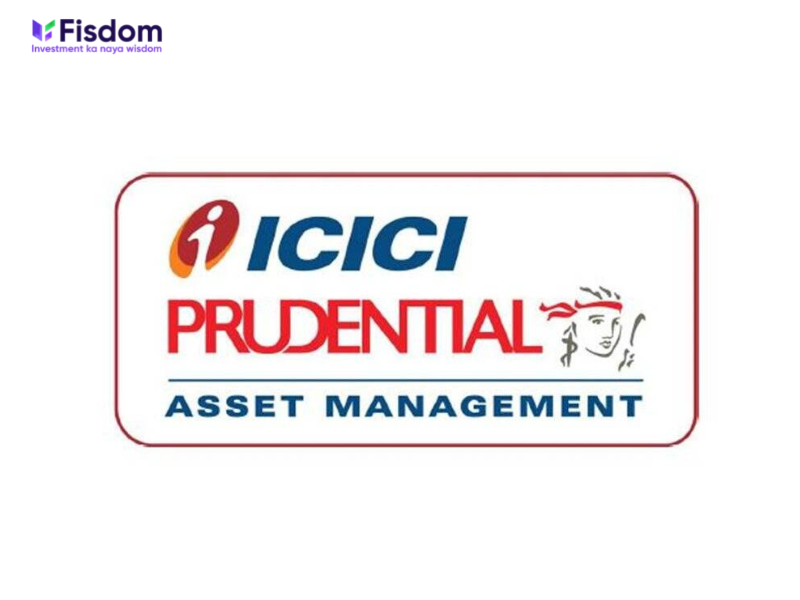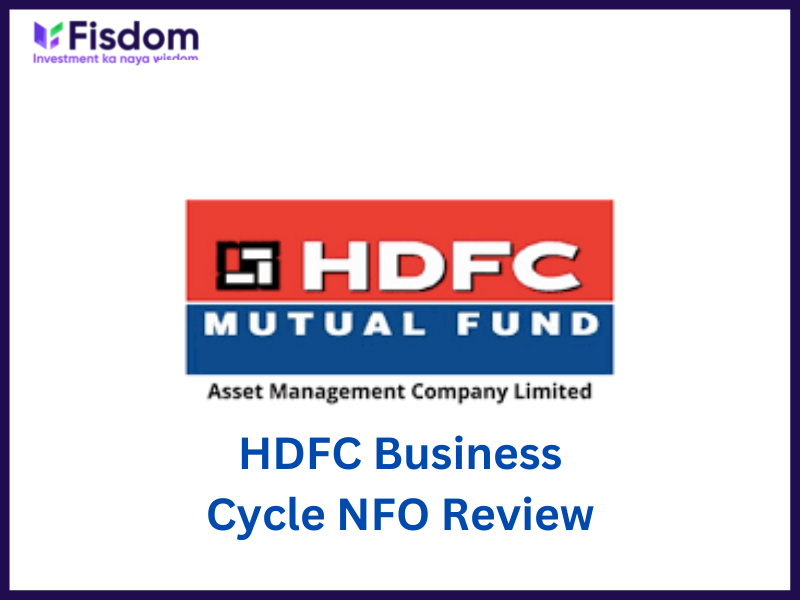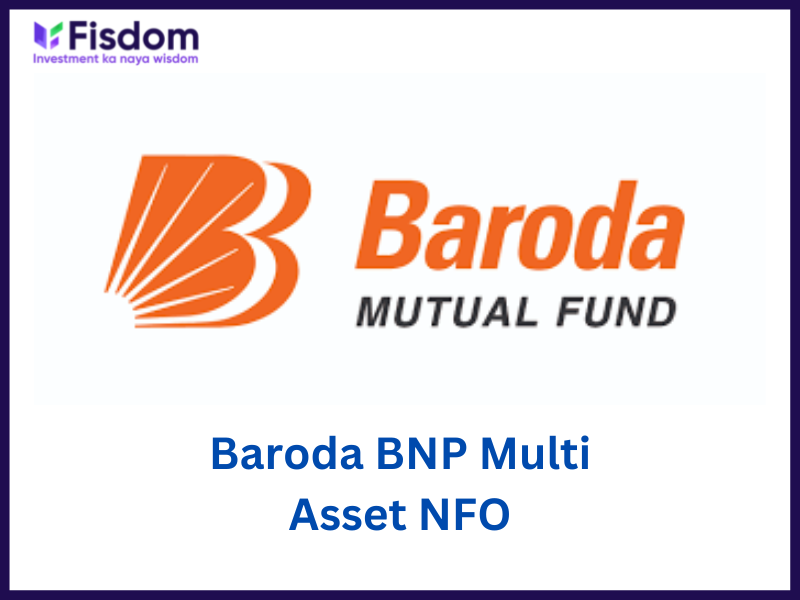
Whiteoak Capital Mutual Fund announced the launch of its NFO Whiteoak Capital Flexi Cap Fund, including both regular and direct plans. The fund will primarily aim for long-term capital appreciation through investment focus on equity & equity-related instruments belonging to companies with various market capitalizations.
The NFO will open for subscription on 12 July, 2022 and close on 26 July, 2022. By investing in this NFO, investors can gain exposure to a wide range of stocks across different market capitalisations.
Investment objective of the fund
Whiteoak Capital’s Flexicap NFO will adopt an investment objective focused on dynamically investing in small, mid, and large-cap stocks. Flexicap funds are essentially equity funds that explore investment opportunities in a range of stocks with different market capitalisations. The fund manager will aim to limit or increase exposure across market caps based on the expected performance of each segment.
Why should you apply for the NFO?
Dynamic asset allocation: The fund will explore stability offered by large-cap equities and growth opportunities of mid & small-cap equities while dynamically changing the allocation. With this investment strategy, the fund will frequently adjust the portfolio weights as per market performance and the performance of specific stocks.
Diversification: The fund will offer benefits of portfolio diversification as it will invest across various market capitalisations to reduce overall portfolio risk. This will help in spreading the risk such that the performance of one investment does not impact the performance of the portfolio.
Flexibility: This flexicap fund explores opportunities across different market caps. Investors can invest a lump sum amount or SIP and gain exposure to different market caps within the same fund. This can especially benefit investors who do not have sufficient market knowledge or expertise to directly invest in equities.
Long-term investment: With this fund investment, investors can gain stock ownership for a longer period and enjoy the chances of higher long-term returns.
Comparative historical performance of S&P BSE 500 TRI index: In the table below, investors can look at the historical performance of the fund’s benchmark index against other benchmark indexes:
| BSE 500 | Sensex | BSE 100 | |
| 2-Year | 57.27% | 49.40% | 52.12% |
| 3-Year | 38.75% | 33.31% | 33.62% |
| 5-Year | 61.93% | 71.10% | 62.54% |
| 10-Year | 219.35% | 203.55% | 203.36% |
- Source: BG Prime
Fund details
| Scheme name | NFO details for Whiteoak Flexicap Fund |
| Type of Scheme | An open-ended dynamic equity scheme with investment focus across different market capitalisations. |
| Category of the scheme | Flexicap fund |
| Benchmark | S&P BSE 500 TRI |
| Plan options | Regular Plan Direct Plan |
| Fund Manager | Mr Ramesh Mantri |
| Exit Load | Under 1 Month – 1% of applicable NAVOver 1 Month – NIL |
| Minimum Investment | Rs. 500/- and in multiples of Re. 1 thereof |
| Expense Ratio | Not yet decided |
| NFO Period | 12 July – 26 July |
Where can you invest in the NFO?
Head over to the Fisdom App to invest in this NFO.
NFO (New Fund Offer) is launched by the Asset Management Companies (AMCs) to generate funds for launching a new mutual fund. These funds are then pooled to buy the shares or other securities as per the fund’s mandate or the guidelines based on which the fund is launched. NFOs are like IPOs where all the relevant details of the funds are provided at the time of their launch and the units of the fund are usually set at Rs. 10 per unit for a subscription. SEBI guidelines allow the NFOs to be active for a maximum period of 30 days following which the units of the fund are traded based on their daily NAV.
NFOs, at the time of their launch, are launched in two categories namely close-ended funds and open-ended funds. The details of each type of fund are mentioned below.
Open-ended funds
The majority of mutual funds are launched as open-ended funds. Investors can subscribe to the fund at the nominal rate (usually Rs. 10 per unit) during the NFO period. After the NFO period, when the units are traded based on the daily NAV, the investors stand to gain huge capital gains depending on the performance of the fund.
Close-ended funds
Close-ended funds, on the other hand, do not allow the investors to subscribe to the fund after the NFO period is closed.
Investing in NFOs is a very good opportunity to maximize the returns as the units can be subscribed at nominal rates and the returns are potentially higher based on the prevailing NAV at the time of redemption. However, there are several points that need to be considered while subscribing to an NFO. Some of such points are highlighted below.
a)Track record of the AMC
NFOs are offered for the new mutual fund so no proven track record can be reviewed by investors to make an informed investment decision. The investors have to therefore rely on the reputation of the AMC and other details mentioned in the NFO to make an investment decision.
b)Expense ratio (if mentioned)
NFOs need a good amount of publicity to make the investors aware of the fund and the investment opportunity. It is therefore essential for the investors to check the expense ratio of the fund and ensure that it does not outweigh the net gains.
c)Check if the fund is in correlation to the existing portfolio
Recently there have been many NFOs in the market that investors can choose from. However, while selecting the fund the investors must check if the fund is not similar to an existing fund in their portfolio. For example, if the fund is a large-cap fund and the investor already has one or two similar funds in their portfolio, investing in another will not add much value to the net returns or the diversification of the portfolio. On the other hand, many NFOs can be sector-specific or country-specific. In such a case, investors have to check if the fund is in line with other factors like their risk-return profile and investment goals.
d)Review the SID carefully
Reviewing the SID (Scheme Information Document) is a crucial step that should not be missed by investors while investing in NFOs. It contains all the relevant information about the fund managers, their qualifications, and experience which is crucial for the funds’ performance. Other relevant information includes the investment profile of the fund, target sectors or securities, benchmark index, asset allocation ratio, etc. This helps the investors understand the returns expectation of the fund as well as the target investments where the fund will invest the pooled funds. Investors having a risk-return profile in line with that of the fund can thus invest in such funds.
Investment in NFOs can be done through two main routes i.e., the online or offline modes. The details of the same are mentioned below.
a)Online mode
The online mode of investment is suitable for investors already having a Demat account and a trading account. Investors can simply select the NFO and invest by selecting the number of units to invest and paying for the same through online payment modes available on the platform.
b)Offline mode
The offline mode of investment in NFOs is through registered brokers and distributors. Investors can contact their brokers and distributors providing them with the details of the amount to be invested and they can invest in the selected NFOs on their behalf. Investors can make hassle-free investments through such modes as all the necessary forms to be filled and the formalities to be met are looked after by these entities giving investors the benefit of ease of investment. The charges for such services are nominal when compared to the potentially high returns.

























